Savukku Maram or the Casuarina tree, also known as sheoak, is an iconic and distinct species native to Australia, Southeast Asia, and some Pacific islands. Despite its name, it is not a true member of the pine family but belongs to the Casuarinaceae family, comprising about 17 species. Renowned for its unique appearance and numerous ecological benefits, the Casuarina is a staple in coastal landscapes and arid regions worldwide.
Physically, the Casuarina is a remarkable sight. Its slender, needle-like foliage, reminiscent of pine needles, gives it a soft, feathery appearance. The foliage typically ranges from bright green to bluish-green, providing a striking contrast against its bark, which is often gray or reddish-brown and deeply furrowed. The tree’s branches hang in a pendulous manner, swaying gracefully in the wind, earning it the colloquial name “Australian pine” due to its resemblance to traditional pine trees.
Beyond its aesthetic appeal, the Casuarina plays a vital role in various ecosystems. It is well-adapted to thrive in harsh conditions, particularly coastal areas with sandy soils and high salinity levels. Its extensive root system helps stabilize coastal dunes, preventing erosion and protecting against storm surges. Moreover, the tree’s ability to fix nitrogen from the air enhances soil fertility, making it valuable for reforestation efforts and agroforestry practices.
In addition to its ecological significance, the Casuarina has practical uses as well. Its wood, though not widely used in commercial applications due to its softness, is favored for making furniture, fence posts, and paper pulp. The tree’s rapid growth rate also makes it a popular choice for windbreaks, shade, and ornamental purposes in landscaping projects.
Culturally, the Casuarina holds significance for Indigenous Australian communities, who have historically utilized various parts of the tree for medicinal, ceremonial, and practical purposes. Its presence in traditional stories and artworks underscores its enduring importance in Aboriginal culture.
In essence, the Casuarina tree is not only a striking symbol of resilience and adaptability but also a cornerstone of coastal ecosystems, providing a multitude of benefits to both humans and the environment alike.
VGR Gardens – Your Trusted Online Plant Store:
At VGR Gardens, we offer a stunning collection of live plants, carefully nurtured to bring beauty to your home and garden. Our plants are delivered right to your doorstep, ensuring both convenience and quality.
Shop from the comfort of your home and add vibrant live plants to your collection.
As one of India’s leading online nurseries, we specialize in return gift plants, live plants, pot plants, and exotic flowering varieties. Visit our website www.vgrgardens.com to explore our collection and place your order today


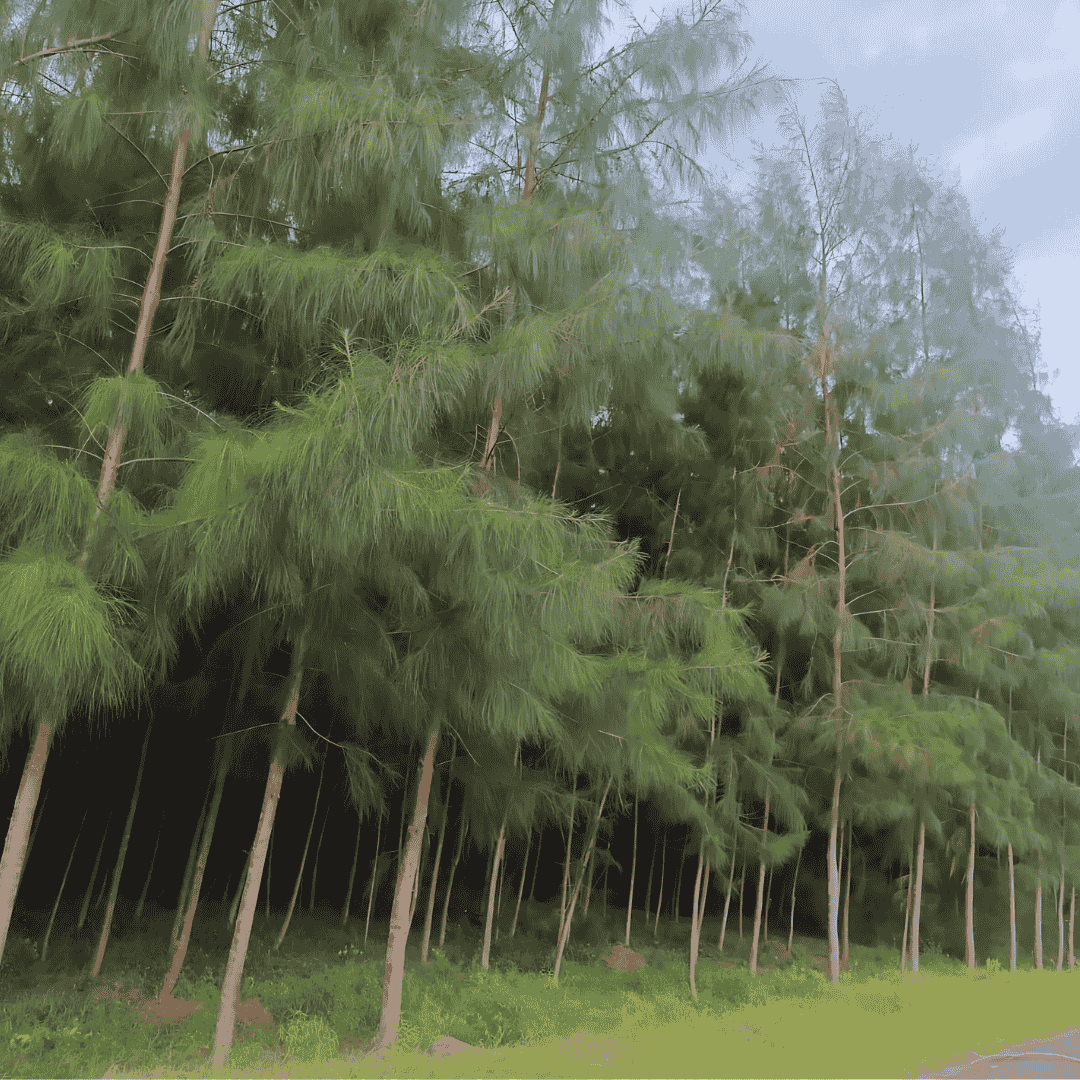
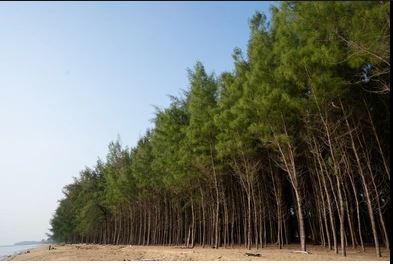
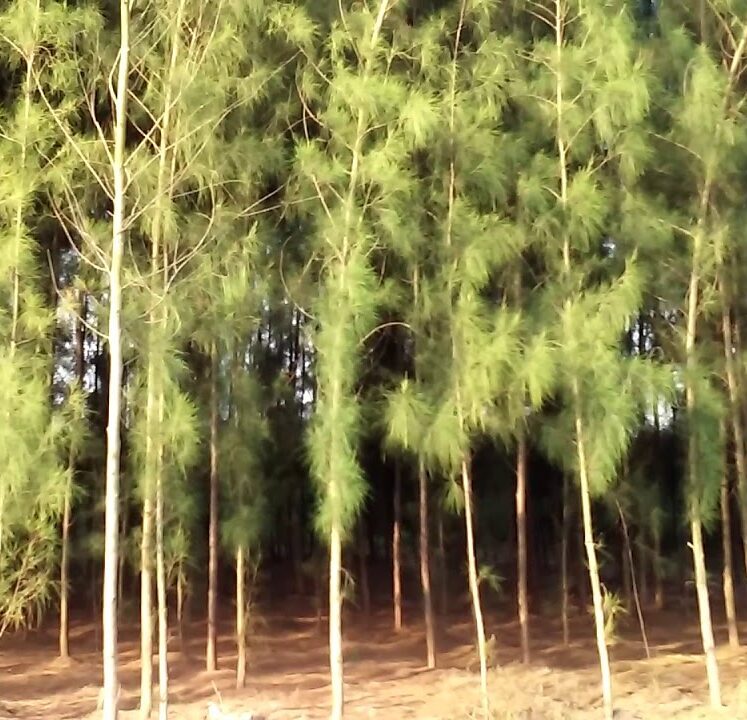

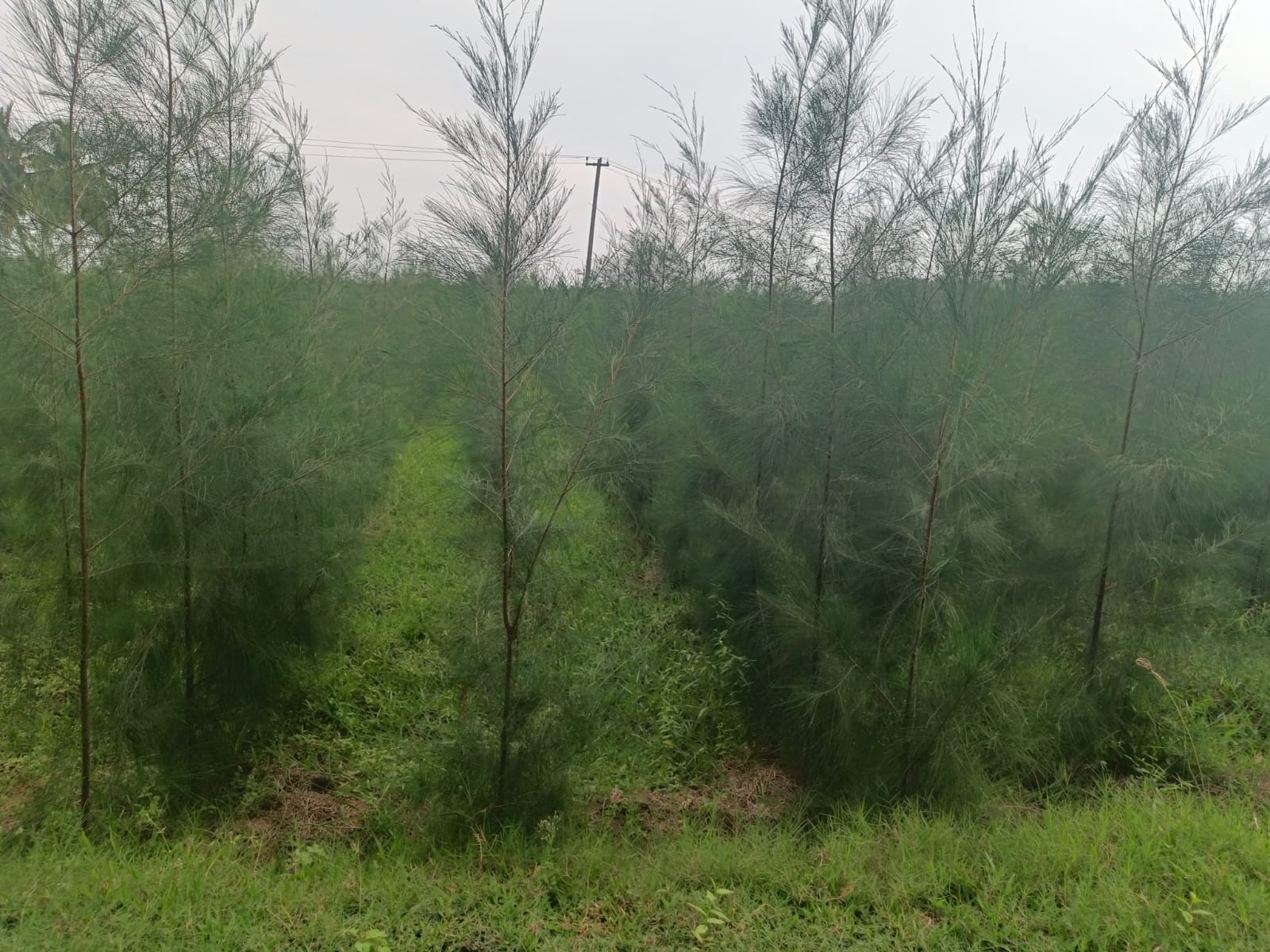
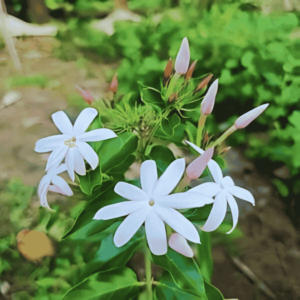

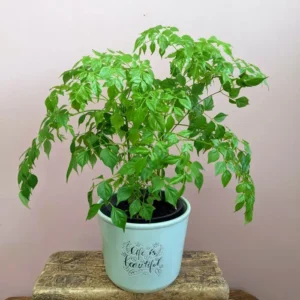

Reviews
There are no reviews yet.